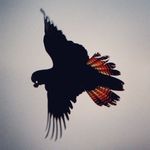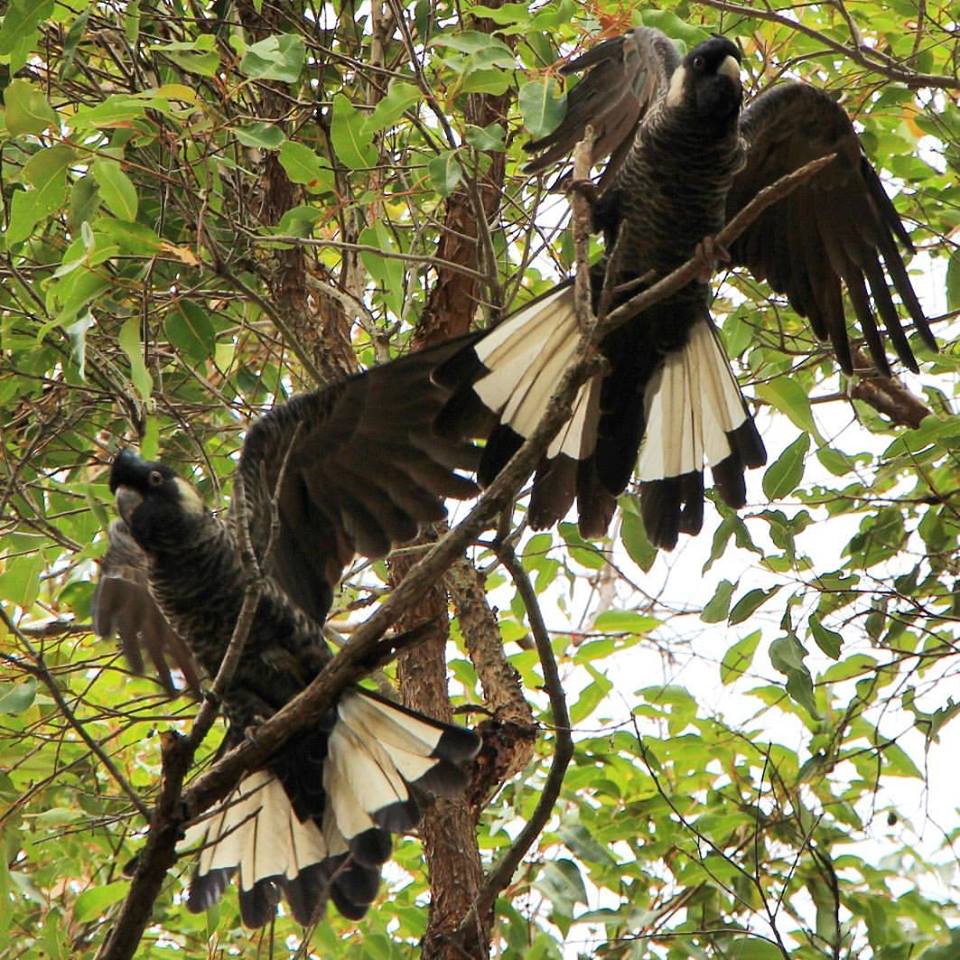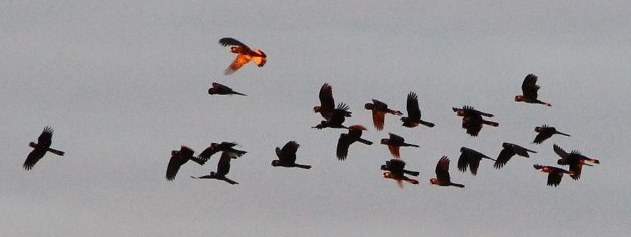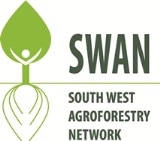 Presentation on Planting pines for Cockatoos Per Christensen 06/05/17 Notes by Gary Brennan There are three black cockatoo species endemic to the South West. They are the Forest red-tail black cockatoo, Baudin’s black cockatoo and the Carnaby’s black cockatoo. The main food sources for the Carnaby’s cockatoo is the Gnangara, Pinjar and Yanchep pine plantations, which are being felled with the majority not to being re-planted to pine. All three cockatoo species will feed on the fruits of native and introduced trees, however Baudin’s and Forest red-tailed black cockatoos will generally not feed on the cones from Pinus spp and rely more heavily on the fruits of native eucalypts, particularly marri and jarrah. Increased clearing on the Swan coastal plain and in the South West generally, especially the removal of large paddock trees, is reducing the food source for cockatoos. The Blackwood Basin Group is developing a proposal to provide an alternative food source, particularly for Carnaby’s cockatoos in the form of more pines across the landscape, where landholders are willing to plant pines. Generally these will be small woodlots of approximately 2 to 5 ha with mixed plantings of pine and native species that will supply a food source for cockatoos. The trees may be harvested for timber and other wood products, but ideally they should be left to grow to maturity and produce cones for a long time before clear-felling and re-planting. Apart from Pinus radiata and P. pinaster other pine species can be planted, e.g. P. taeda ( Loblolly pine) for the wetter areas and P. pinea (stone pine), which produces edible nuts for both cockatoos and humans. Landowners are encouraged to contact Per Christensen, the Blackwood Basin Group or SWAN for further information. |
|
|



